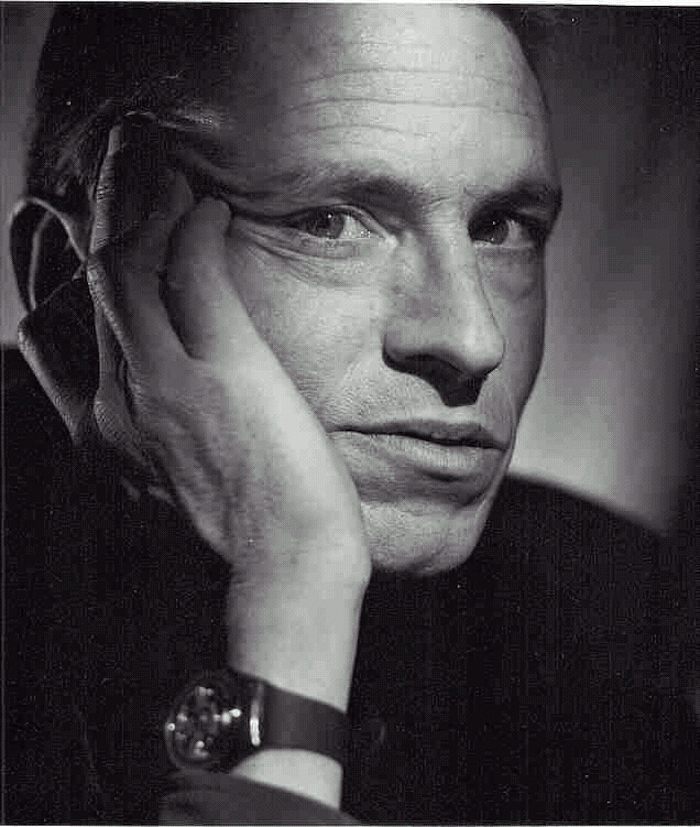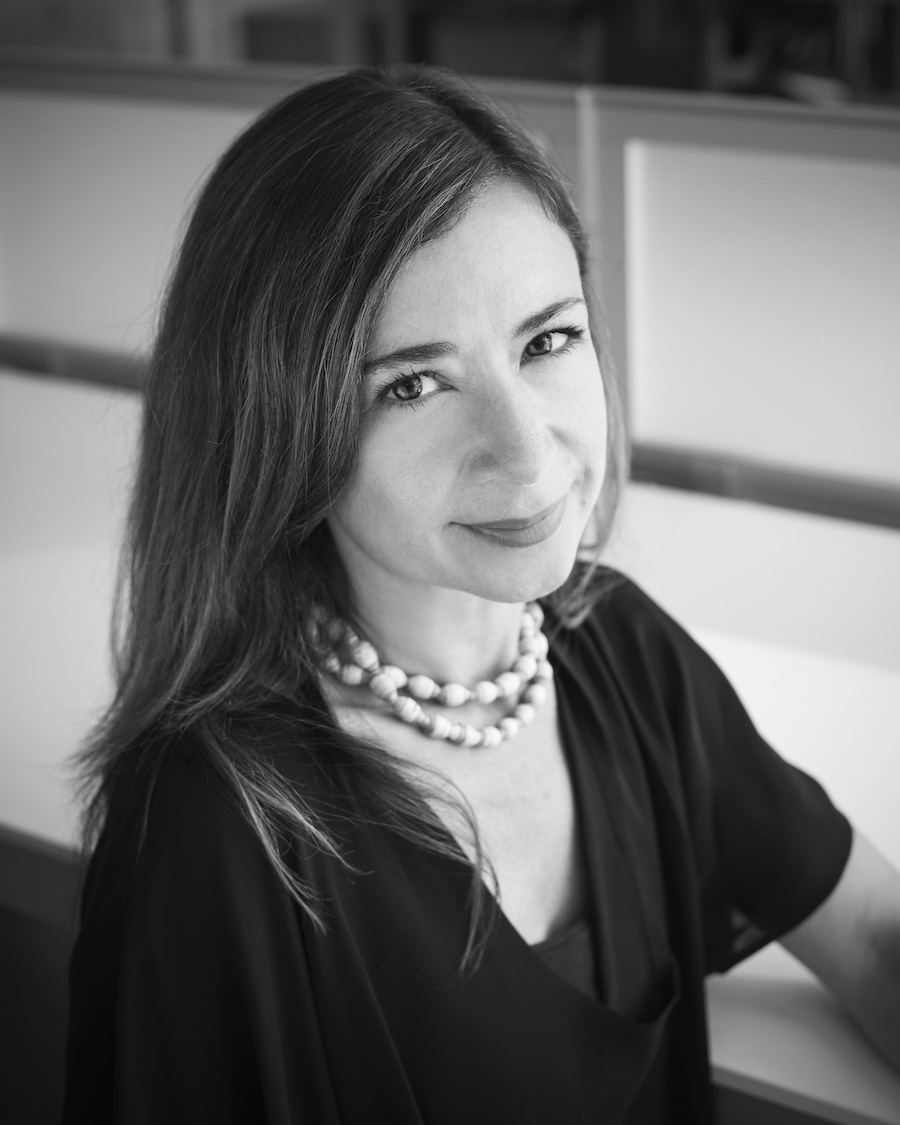Sunglasses
Shampoo containers
Notebooks
Baseball stadiums
Five-thousand-dollar watches
Five-dollar watches
Postcards of the Empire State Building
Time capsule contents lists
Recent products made of bamboo
Karim Rashid blob-shaped objects
The VORs of Texas (Center for Land Use Interpretation)
Stiletto-heeled shoes
Potato peelers
Folding chairs
iPhone cases and covers
For five years, Phil taught Typologies, a course about analyzing classes of objects, in the Design Criticism department at the School of Visual Arts. This list appeared under the heading “Examples of themes for possible typological study” on the syllabus. In the fall of 2010 I was the graduate teaching assistant for the seminar. The trade-off for time spent at the copy machine was extra opportunities to buttonhole Phil before and after class to ask him questions about my thesis research, or about anything, really: Google had nothing on Phil. Sure, he gladly talked to me about my thesis, but we also chatted about everything from Booth Tarkington’s The Magnificent Ambersons to the new Sarah Sze show in Chelsea to the weekend scores of North Carolina college basketball.
Phil and I both graduated from Needham B. Broughton High School in Raleigh, North Carolina, and while it was fun to reminisce about shared childhood haunts, Phil also knew a tremendous amount about the history of modern architecture and design in the area. For a fleeting moment, he said, it was “the Bauhaus of the Bible Belt,” thanks to the progressive thinkers gathered at the design school of N.C. State University. In 2001, he wrote it up for an article in Dwell and led with a description of a 1952 modernist building on the state fair grounds, which hosted livestock competitions in the fall and the circus in the spring. Dorton Arena and its radical parabolic curves, wrote Phil, was “called the ‘cow place’ by locals, many of whom had no idea that the building was world famous, found in architecture texts between the bridges of Maillart and Nervi’s Olympic Stadium.”
Where high meets low was fertile territory for Phil’s explorations in design. He made his mark in the preceding decades with multiple books, his “Public Eye” column in the New York Times, and a notable essay about coffee cup lids for I.D. magazine in 1995, in which he gracefully leapt from lids to the “vast machinery of modern culture.” Phil could find the greater meaning in the design of a plastic disc, but he had no patience with design for design’s sake. (Our class got an earful about Philippe Stark’s flashy Juicy Salif juicer—perfectly fine as a sculpture, said Phil, but a total flop if you actually wanted a glass of orange juice.)
While Phil was not easily impressed, he was generous in many ways. In addition to sharing his time, he shared contacts, introducing us to people like his friend the data-viz guru Edward Tufte. He shared opportunities, passing along story leads or spots on press trips to those of us working at publications. Back in Raleigh, Phil and his brother David created a prize in honor of their mother, Mildred Dwyer Patton, as part of the Raleigh Fine Arts Society’s annual literary contest for high school students. With a mother who was reputed never to be without a book in hand, it’s no surprise Phil chose to study comp lit in graduate school.
Comparing is the basis of typologies, and after Phil’s class, typologies began to appear everywhere. When my father passed away and we were presented with an array of choices for the top of the gravestone—pediments, scrolls, pyramids—I was reminded of a reading Phil had assigned us on the first day of class: “Remember Me As You Pass By,” a chapter from the book In Small Things Forgotten: The Archaeology of Early American Life, by the anthropologist James Deetz. In it, Deetz describes what minute iconographic changes on gravestones in colonial New England revealed about society at the time. “How does design reflect society?” This was Phil’s recurring question, both for discussion in class and for framing his own research and writing, allowing him to unearth stories not just about design objects but also about the people who make and use them.
There’s no doubt he deserves one, but a monument isn’t necessary to commemorate Phil. As his students and devoted readers will attest, we already think of him every day, as we rush by the window of that nail art salon with its rows of airbrushed masterpieces, as we look at the latest Pantone color guide, as we read Richard Scarry books to our kids, as we contemplate the bins of odd-shaped rolls at the grocery store. We will remember him as we pass by.
++

Phil Patton 1952–2015

